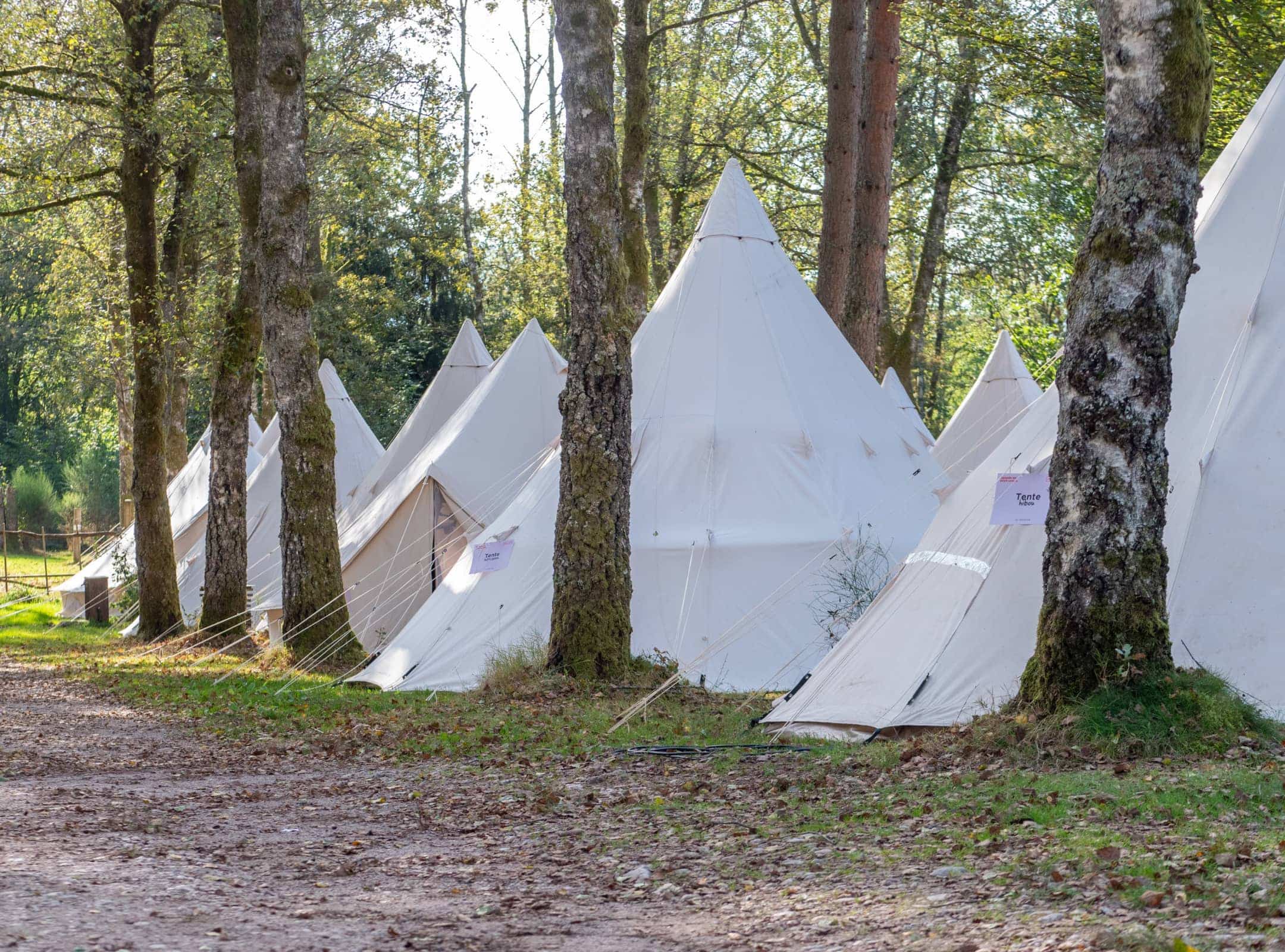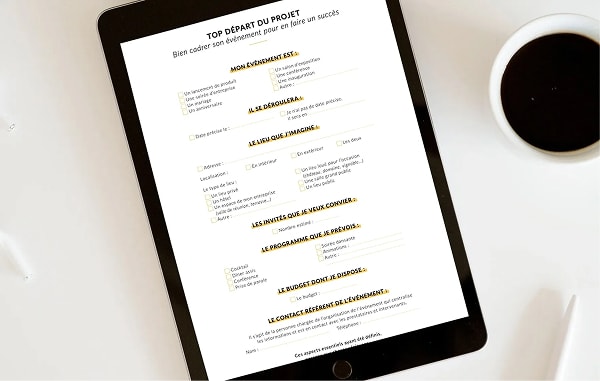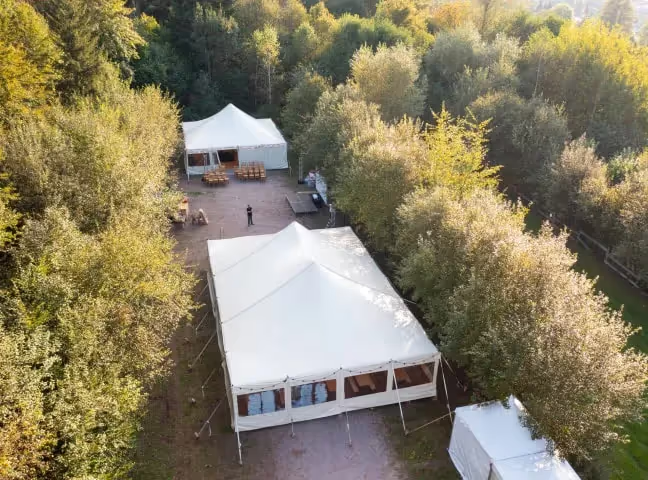How can you calculate and reduce the carbon footprint of your professional event ? Every event leaves a mark on the environment. The good news: it is entirely possible to take action ! By rethinking design, logistics, and supplier choices, you can organize a more responsible professional event without sacrificing the quality of the experience. Simple tools exist to assess your impact and identify the most effective ways to reduce it. Discover how to take action!
Calculating the carbon footprint of a professional event
Gather key data from the event
The first step in reducing the carbon footprint of an event is to gather key data : number of participants, transportation methods used, venue energy consumption, type of meals provided, materials used, and waste management. This data collection phase, to be initiated from the event planning stage, lays the foundation for a rigorous approach.
The more accurate the data, the more reliable the environmental assessment will be. It is therefore helpful to involve your suppliers and partners from the outset in this transparency process.
Use specialized tools for carbon calculation
Tools such as Climeet, Carbon4 Events, or calculators from ADEME can then transform this data into estimated emissions (in tons of CO₂ equivalent). Their strength? They rely on trusted databases and recognized emission factors for accurate estimates by category.
These platforms often offer simulation features to compare multiple organizational scenarios. They are therefore a valuable decision-making aid during the design phase.
👉 Also read : How to successfully organize a hybrid corporate event in 2025
Identify the major emission sources of the event
Carbon footprint analysis generally reveals four major contributors :
- The transport of participants and logistics, often responsible for 70 to 80% of total emissions.
- Catering, especially if it includes red meat, processed or imported products.
- Eneergy consumed on site, particularly for heating or air conditioning temporary structures.
- Single-use materials, such as carpeting, PVC banners, or non-recycled prints.
This diagnosis is essential for prioritizing the most effective reduction efforts. It also helps raise awareness among internal and external stakeholders about their own impact. By communicating these results, you highlight your eco-responsible approach.
Reducing the carbon footprint of a professional event
Design a lean format and choose an accessible venue
Choosing a venue accessible by train, favoring a hybrid format, or reducing the size of the event are all crucial decisions. Early planning allows you to limit travel, optimize logistics, and adapt to local constraints.
Thinking lean from the design phase enables more relevant choices, both environmentally and financially. A more compact and better-targeted format also promotes quality interactions among participants.
Limit the carbon impact of participant transportation
To reduce the impact of travel, you can :
- Encourage the use of trains or carpooling.
- Organize shared shuttles from train stations or hotels.
- Offer preferential pricing or a points system for low-carbon travel.
Offer responsible, low-carbon catering
Offering vegetarian or flexitarian options, choosing local, seasonal, and organic products, and adjusting quantities to the actual number of participants helps combine culinary quality with carbon reduction. The use of reusable or compostable dishware complements this consistent approach.
Working with committed caterers ensures consistency throughout the supply chain. Moreover, responsible menu choices are often well received by guests, who are curious to discover new flavors.
Optimize structures and event logistics
Choosing to rent eco-designed structures, pooling deliveries, or working with engaged local service providers significantly reduces the logistics footprint. At Atawa, all our structures are designed to be dismantled, transported, and reassembled with minimal impact.
Choosing recyclable or biodegradable materials is also an effective lever. Similarly, avoiding unnecessary printed materials helps lighten the overall event footprint.

👉 Also read : Complete guide to a "zero waste" seminar
Integrate carbon offsetting in a meaningful way
Despite all reduction efforts, some emissions remain unavoidable. It is then appropriate to consider carbon offsetting through certified projects, such as reforestation, support for low-carbon agriculture, or carbon capture technologies. However, this step should always complement genuine efforts to reduce emissions.
Make sure to choose transparent, certified programs (Gold Standard, VCS, etc.) that align with your values. Including storytelling around these projects enhances the educational impact of your communication.
Make your next event a model of carbon efficiency and responsible elegance.
With Atawa, combine expertise, aesthetics, and commitment for truly sustainable professional events.
Reducing your event’s carbon footprint is both a challenge and an opportunity. By adopting eco-friendly practices from the design stage, you contribute to a more sustainable future while offering your participants a positive and memorable experience.
Ile-de-France・Centre-Val de Loire
01 79 75 89 87
Provence-Alpes-Côte d’Azur・Corse
04 84 49 62 64
Nouvelle-Aquitaine
05 35 54 59 88
Hauts-de-France・Normandie
03 74 09 83 62
Bretagne・Pays de la Loire
02 57 64 07 94
Grand-Est・Bourgogne
03 52 74 06 68
Auvergne-Rhône-Alpes
04 28 29 61 35
Occitanie
05 82 95 39 28
Switzerland
+41 076 504 33 02

subtitle
Product name
Discover the Atawa Guide
The Atawa Guide is the new essential tool for organizing your events: from launching your project to bringing it to life, no detail has been overlooked to ensure your event's success.





